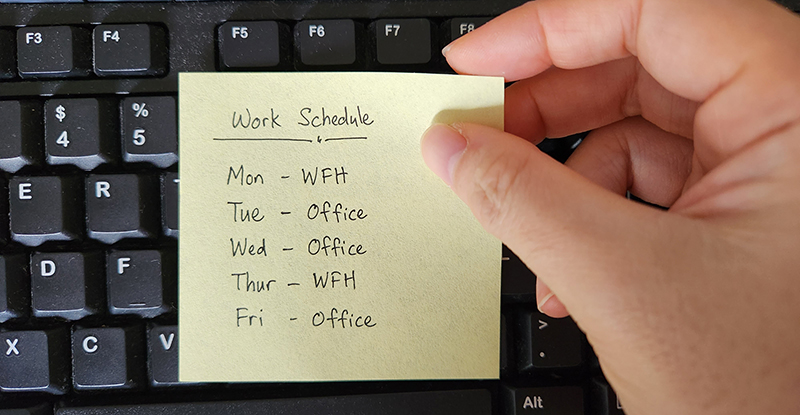
Is there no end to the projects on the go at your organization? Are you managing some of them? The answer to both questions is probably yes. A decade ago, project management was unlikely to be a job finance professionals found on their list of responsibilities. Nowadays, ask almost any Chartered Professional Accountant (CPA), and most will tell you they are project managers.
But what does a successful project look like? The classic response is that it should be delivered on time, within budget, and should meet project requirements. Further to that, your project sponsor (customer) should be satisfied with the end result. So how can you best manage a project to achieve a successful outcome?
Project management should positively influence business results and deliver value at every level of planning and execution, and the resources described below will contribute to that value.
1) Negotiate and secure resources with your project charter
A project charter is a short document that lists the project’s scope, objectives, deliverables, stakeholders, and defines the roles and responsibilities of project team members. It differs from a project plan in that it is more concise and should be completed before the plan. Your charter serves as a negotiations and communications tool – that is, you build it in order to define the value of the project to the sponsor organization, and to obtain the resources needed to complete the project. Your charter will need to define:
- The case for the project, tying it to the organization’s strategic goals.
- Strategies and dependencies: Is the project dependent on certain resources or timelines?
- Deliverables and milestones: Milestones can include key decisions, such as “go/no-go” decisions.
- Team and responsibilities: Define roles and their decision-making responsibilities.
- Risks and constraints: These entail risks to, and availability of, resources and staff.
- Assumptions and environment: These will change during the project, check in on them and adjust if needed. You can reconfigure or stop the project if these change substantially.
A charter is a living document. If the project changes, you will need to analyze the charter, determine impacts, and update it.
Related content:
2) Manage project changes effectively with a change order request
Every project needs a change order process established beforehand to document project change, process change, and to avoid scope creep. A change order request will allow you to track changes made regarding project scope, timelines, and so on. Budget for administrative time to process change orders and change tracking as this is a legitimate project cost.
Tip: Your change order process should state that if your project sponsor makes changes, you can renegotiate the time needed to complete the project or become freed from penalties for not meeting deadlines. Changes create extra work, so if a change is requested, put a dollar value on it and put a time value on it – if your project sponsor requests a change, they need to be willing to pay for it.
3) Break your project into manageable parts
A work breakdown structure (WBS) subdivides the project into smaller, manageable efforts, or steps. It establishes an owner for each deliverable, the percentage of work required for each step, and can also identify an estimated cost or budget for each step.
4) Clarify team member responsibilities
A RASCI diagram is used to identify who needs to be involved in different stages of the project and how they need to be involved, as well as team member responsibilities. For each project activity you will need to identify the team member who is:
- Responsible: Who is responsible, and for what?
- Approve: Who needs to approve certain steps?
- Supportive: Who provides support when a task is carried out?
- Consulted: Who is consulted on a particular task?
- Informed: Who needs to be informed about task progress or task-related decisions?
5) Refine and improve how your team works
Because teams can – and do – spend so much time in meetings, it is critical that these meetings are effective. A team analysis tool is a survey-style tool that helps to identify your team’s strengths as well as areas you need to work on to become a well-oiled machine. You can also use it to evaluate the effectiveness of your meetings. Use it to debrief at the end of a meeting, or analyze the results to establish mandatory rules for a good team meeting.
All in all, the resources above support effective project management and good project outcomes. As you complete successful projects and the corresponding documentation you can replicate these documents, or segments that worked well, for use on future projects. This will help streamline the project management process and save you time.
Bruce Acton’s expertise includes business process redesign, strategic planning, and performance measurement. He has won a number of awards with his clients for his consulting work. He brings a broad background consulting to not-for-profits and the private and public sector.



